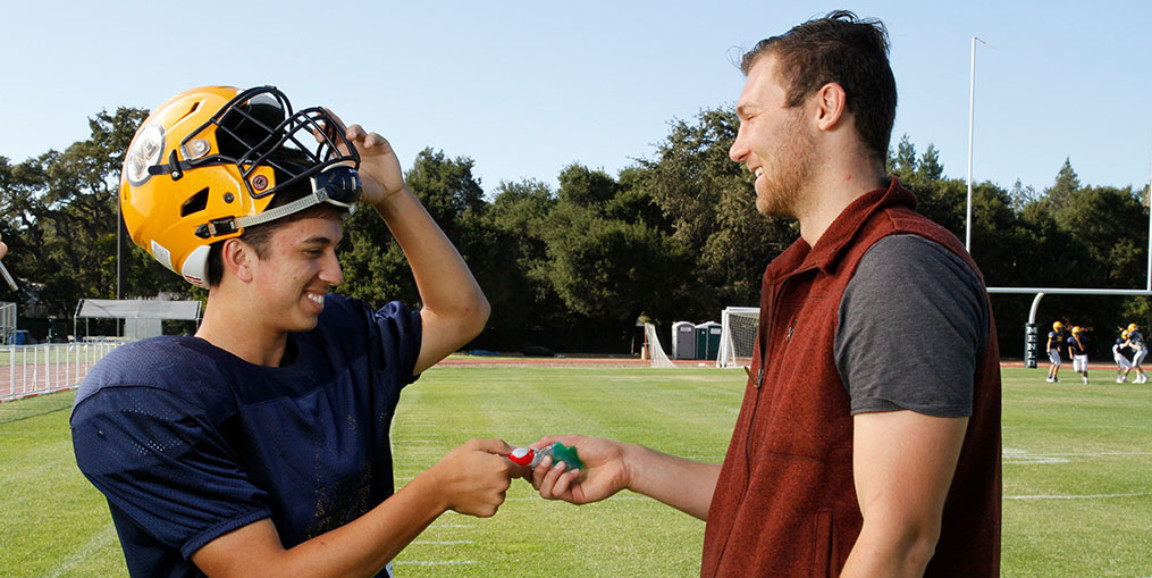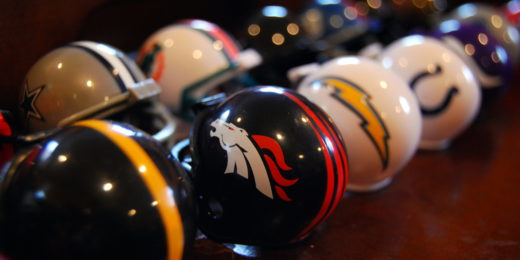For the last several years, Stanford bioengineer David Camarillo, PhD, has been studying how concussions occur in adult athletes. Camarillo's research team has outfitted players – including many of Stanford's varsity athletes – with special mouth guards that measure forces during head impacts.
Now, Camarillo is teaming up with Stanford pediatric neurosurgeon Gerald Grant, MD, to extend the research to younger players. They're currently working with football players at three local high schools.
The researchers hope their data will help coaches and players understand which hits to the head pose the most risk, Camarillo explained when I interviewed him for a story about the work:
Simply watching collisions from the sidelines often does not provide an accurate sense of whether a player’s brain could be damaged.
'It’s entirely possible that something that looks really dangerous may produce accelerations that are not very high, and may not be dangerous,' Camarillo said. 'Conversely, hits that don’t look scary may be high-acceleration. It’s difficult to see.'
Eventually, the research team hopes to provide information that could help athletes learn to tackle more safely. The trial, which is funded by the Taube Stanford Concussion Collaborative, will continue through the 2018 football season and expand in 2019.
Photo by Paul Sakuma






